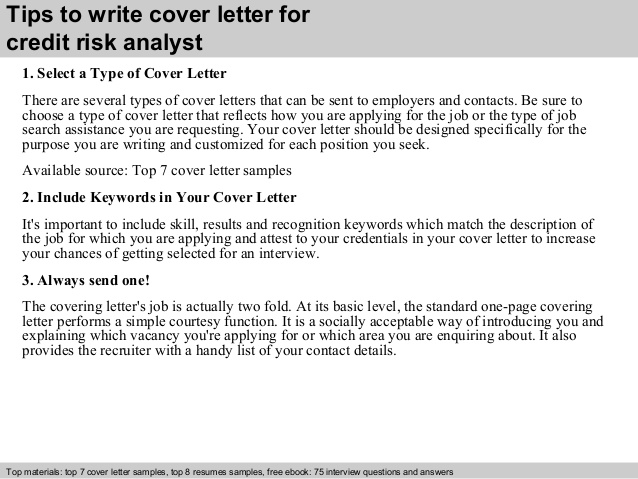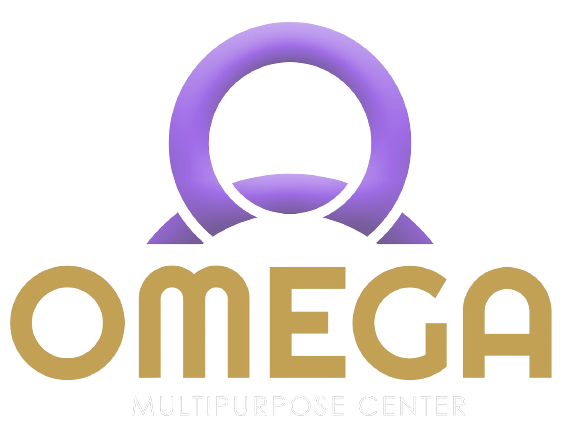Contents
This helps them figure out if the new venture or product would reap such profits that would make the expenses worthy of reaching that goal. Differential costs – Differential cost is the difference in total cost that will arise from the selection of one alternative to the other. Human wants are unlimited and resources to satisfy those wants are limited. A particular resource can be used to satisfy a particular want at a time or it can be put to use to produce any one particular commodity or offer service. Thus opportunity cost is measured in terms of foregone benefits from the next best alternative use of a given resource. However, in reality, companies do not think about the service benefit patterns when selecting a depreciation method.
Normal costs arise during routine day-to-day operations of the organization. Abnormal costs arise because of those abnormal activities which are not part of normal and routine operations. Example of such costs the costs arising out of accidents etc. By depreciation fixed or variable the element of cost – The three basic elements of costing i.e. material, manpower and expenses. Your account will automatically be charged on a monthly basis until you cancel. There is no limit on the number of subscriptions ordered under this offer.
Every business needs to recover both of these costs since both costs are expenses of business. Whether it is variable cost or fixed cost, it is expense of company and it reduces profit. Now one point is understood that variable costs are incurred only when output is produced but fixed costs are permanent in nature. So, if a product is sold, its variable cost shall be recovered. But what is the level where fixed costs are recovered since they are not directly linked to output. Here the concept of “Break even point” comes into picture.
Asset depreciation necessitates considering many factors, one of which is the asset’s useful life. The useful life of a product determines how long you may depreciate it. For example, a computer’s usable lifetime may be limited to five years.
With the Break-even analysis, businesses can solve the number of units they need to sell, price of each unit and the cost needed to achieve break-even and start reaping profits for your business. By time – These costs are historical costs and predetermined costs. Historical costs are those costs which were incurred in the past.
Difference Between Fixed Cost and Variable Cost?
This rate of depreciation is twice the rate charged under straight line method. Thus, this method leads to an over depreciated asset at the end of its useful life as compared to the anticipated salvage value. Thus, the method is based on the assumption that more amount of depreciation should be charged in early years of the asset.

If you’re looking to invest in a publicly-traded company, a close look at its income statement can help you assess its financial performance. There are many different terms and financial concepts in income statements. You may depreciate the assets and split the money over many years, allowing you to better predict how much money you’ll save in the long run. A better understanding of your money and the ability to better manage them will be yours if you take this approach.
What is a Fixed Cost
Accordingly, least amount of depreciation should be charged in the last year as major portion of capital invested has been recovered. That is why using these two accounting concepts is crucial and paramount. Depreciation and amortization are two terms that are frequently used interchangeably, but they are governed by different accounting standards. The goal of depreciation is to spread an asset’s cost out over its useful life, whereas the goal of amortization is to capitalize an asset’s cost over its useful life. There are several methods for calculating depreciation, including straight line, reducing balance, and annuity. Amortization can be calculated using a variety of methods, including Straight Line, Reducing Balance, Annuity, Bullet, and so on.
These costs are free from production and must be incurred even in the absence of production. This method is also known as reducing balance method, written down value method or declining balance method. A fixed percentage https://1investing.in/ of depreciation is charged in each accounting period to the net balance of the fixed asset under this method. This net balance is nothing but the value of asset that remains after deducting accumulated depreciation.
A fixed cost is an expense that does not change as production volume increases or decreases within a relevant range. In other words, fix costs do not change as long as operations stay within a certain size. Fixed costs are less controllable by an organization because they aren’t based on volume or operations. Fixed costs are costs which are determined when an idea goes into the production stage and depends on the level of production. Fixed costs include rent, salaries, taxes, interests, labour, depreciation and other operational costs.

This uniform amount is charged until the asset gets reduced to nil or its salvage value at the end of its estimated useful life. Some fixed assets can depreciate at a faster rate, which means that a larger portion of the asset’s value is expensed in the first few years of its lifecycle. Advertising costs may fluctuate over time, as management may decide but advertising isn’t affected by sales or production levels so it is said to be a fixed cost. Some fixed costs such as investments in infrastructure can not be substantially decreased in a limited time span are referred as fixed committed costs. While discretionary fixed costs depend on management decisions. As discussed, Fixed costs are not permanently fix but they change over time.
The repair and maintenance costs shall be calculated as 10 per cent of the initial cost of the machine per year. Depreciation – It is the reduction in value of the machine with the passage of time. In the usual situation with field machines being operated only a few days in a year year, obsolescence is the most important factor affecting the depreciation .
The more you know about depreciation and how to utilise it effectively, the more money you’ll save in the long run. Here are the fundamentals of depreciation, depreciation meaning, and how the various forms of depreciation are computed. Sensitivity analysis is a tool used for financial modelling by analyzing different values of independent variables affecting a specific dependent variable under specific conditions. It is used for analysis under various disciplines like Biology, Economics, Maths, etc.
Lesson 16. FIXED AND VARIABLE COSTS, AVERAGE AND MARGINAL COSTS
In general, only a single method is applied to all of the company’s depreciable assets. Thus, the amount of depreciation is calculated by simply dividing the difference of original cost or book value of the fixed asset and the salvage value by useful life of the asset. Depreciation is a method of determining the value of tangible assets such as machinery, vehicles, computers, and furniture. Intangible assets, on the other hand, are assets that exist in their non-physical form, such as royalty, copyright, computer software, import quotas, and so on. The most common depreciation method is straight-line depreciation.
The primary distinction between Amortization and depreciation is that Amortization deducts the cost of an intangible asset, whereas depreciation deducts the cost of a tangible asset. It is common for tangible assets to retain some value after their estimated life span has expired. This is known as the salvage or resale value of an asset, and it is deducted from the asset’s original cost. Typically, companies deduct the depreciated amount over the asset’s useful life.
- If a business is making a lot of money, it does not necessarily mean that it is running profitable.
- The term cost has various concepts which are described below.
- This is because an asset might be in good physical condition after a few years but it may not be used for production purposes.
- So, this method derives its name from a straight line graph.
- How many turns of main drive wheel would occur when the seed drill has covered 1.0 ha of land.
However, if you anticipate that the machinery will be obsolete in a few years, you may be able to decline it sooner. An asset’s monetary worth is devalued due to depreciation, which may be caused by anything from normal wear and tear to continuous usage. Using this form of accounting, you may determine the fraction of an asset’s cost on the financial statements for a given financial year. The analysis of break-even points is very important for start-ups.
For example real cost of manufacturing milk can is composed of wages of labours, material cost, depreciation of tools which are used for manufacturing can etc. Thus real cost is the summation of real productive resources which goes in the production of a good or offering a service. Sales tax and road tax can be distributed over the life of the machine. Farm machinery is sometimes insured against loss by theft or damage.
Business Plan
The break-even Point is the volume of production or sales where total costs are equal to revenue. This figure is very much useful to management to decide their minimum sales level so that they can survive in market. The break-even analysis is used to answer many questions of the management in day-to-day business.
How to Calculate the Break-Even Point – Analysis, Definition, Formula & Examples
Controllable costs are those which can be controlled or influenced by a conscious action of the management while uncontrollable costs cannot be controlled or influenced by a conscious management action. By functions – There are various functions for which usually the cost is determined. For example these are production, administration, marketing, and R & D etc. Furthermore, depreciation is a non – cash expense as it does not involve any outflow of cash. Hence, depreciation as an expense is different from all the other conventional expenses.
